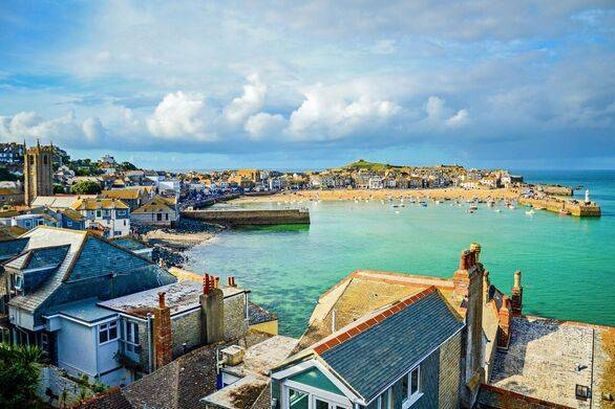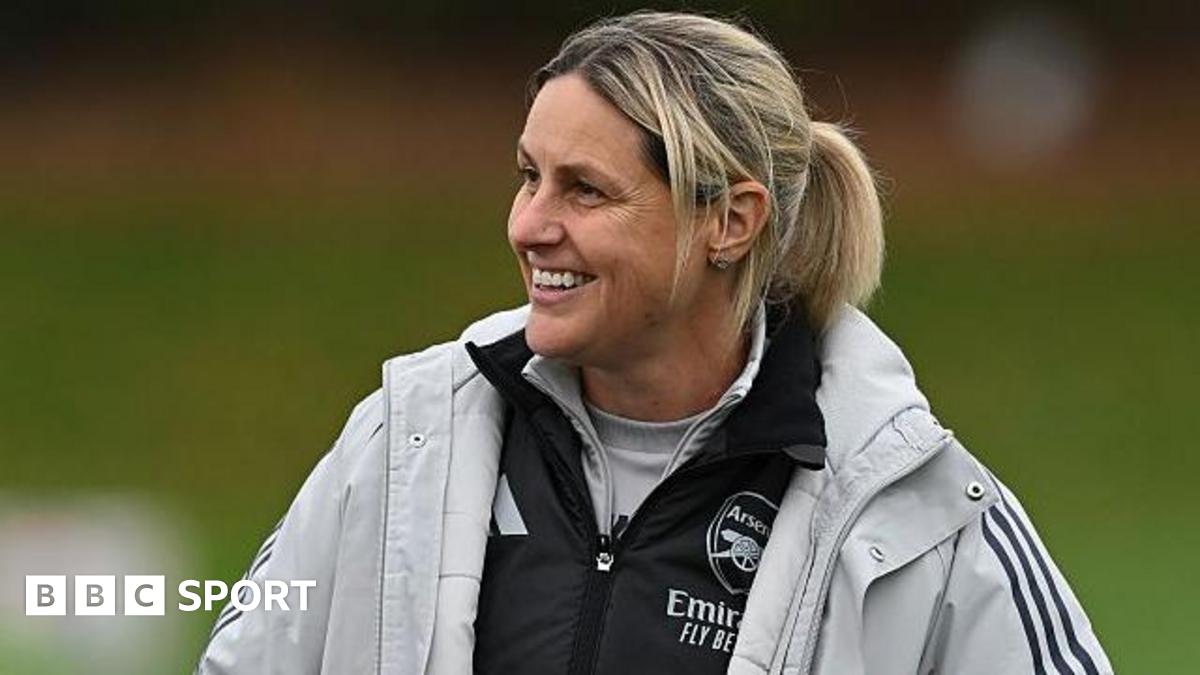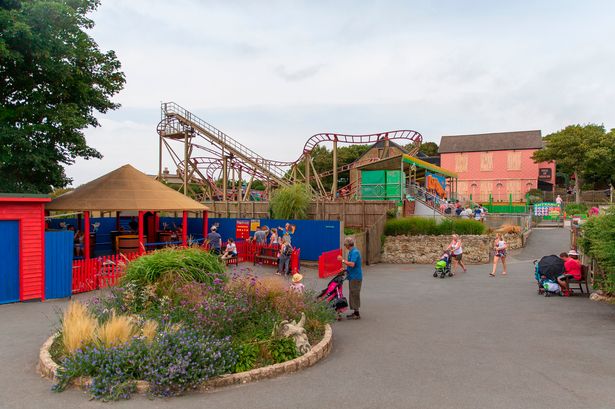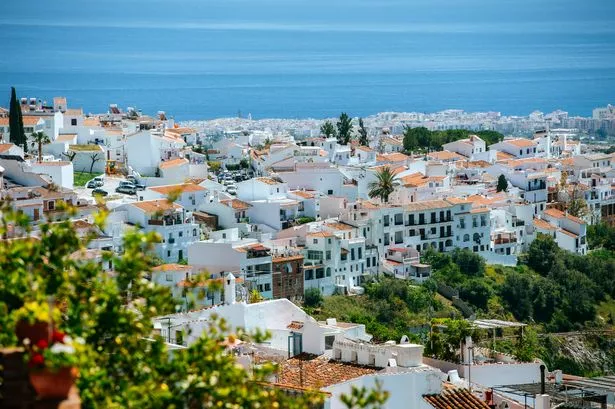One destination continues to bring in tourists from across the UK and the world, as people are charmed by its vintage feel, including its iconic high street which has barely changed in the past 100 years.
As winter starts to bite, one British seaside town is welcoming tourists deciding to avoid the summer crowds. This coastal treasure is famed for its captivating charm and vibrant artistry heritage, all set within stunning natural beauty right on the British coast.
Perched on a peninsula, St Ives in Cornwall features several spectacular beaches, each providing gorgeous panoramic views of the sea.
The town has earned its reputation as an artist hotspot, with creatives coming from far and wide, keen to capture its beauty — all whilst remarkably preserving its character for over 100 years.
Visiting here genuinely feels like stepping back in time, yet it delivers everything expected from a modern seaside getaway.
Cornwall has maintained a special place in British people’s hearts thanks to its dramatic landscape, endless golden sands, secluded coves and rugged cliffs, and St Ives is no exception.
Located north of Penzance on the Celtic Sea coast, the town combines unspoilt natural beauty with numerous attractions.
Visitors can enjoy activities around the town and the surrounding areas, ranging from surfing to coastal walks, alongside one of the country’s most impressive high streets.
St. Ives, with its stunning beaches and quintessential Cornish townscape, is a delight for anyone seeking a springtime stroll.
The town’s iconic high street has recently been praised as one of Britain’s best, thanks to its cobbled lanes, unique boutiques, and charming whitewashed buildings.
The Telegraph, who penned the glowing review, gushed: “Fore Street in St Ives, with its slate-hung shops and independent galleries, has changed little over the last century, offering a perfect mix of local and artistic charm.”
It urged people to come as soon as they can, but gave great recommendations on when to avoid the height of the crowds.
Whilst taking in nature’s fierceness, you can witness the awe-inspiring sight of waves crashing against the rocks below in a truly enthralling moment.
There’s no shortage of things to do in St. Ives either, with a plethora of pubs and restaurants to try out, not to mention a vibrant arts scene featuring numerous studios and galleries.
Art lovers will appreciate the Tate St. Ives gallery, which hosts rotating contemporary art exhibitions, while the Barbara Hepworth Museum and Sculpture Garden is a must-see.
“I have never seen such a beautiful place in the UK as St. Ives. Many have said it’s like being abroad and it really is,” gushed one TripAdvisor reviewer.
Another added: “The town was beautiful and really peaceful; we will definitely be back.”
Other reviews were quick to point out the natural beauty of the area and the local transport links to other towns such as Penzance. Some people were even thrilled to see the beauty of the town amidst the dull British weather.
One commentator wrote: “In the afternoon the weather had clouded over and with the grey sky, the bay is even more beautiful. Being an English bay facing the ocean; with the sun — it was breathtaking.”


































































